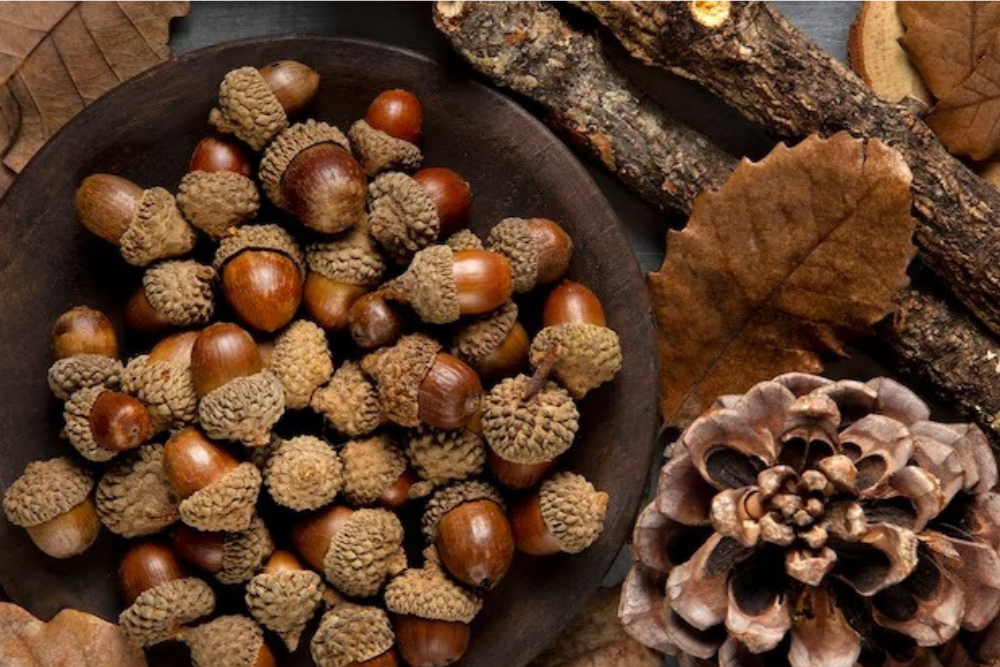India's cultural tapestry is woven with countless traditions, each more intricate and captivating than the last. One such tradition that has stood the test of time and remains an integral part of Indian culture is the use of supari, also known as areca nut. This nut-like seed has played a significant role in Indian rituals, customs, and daily life for centuries. In this blog, we embark on a journey to explore the rich tradition of supari in Indian culture.
The Areca Nut: A Seed with Big Significance
The areca nut, often referred to as supari in India, is the seed of the Areca catechu palm tree. Its reddish-brown hue and distinctive shape characterize it. While it may appear unassuming, the significance of this seed runs deep in Indian culture, touching various aspects of life.
A Symbol of Hospitality:
In many parts of India, offering supari to guests is a gesture of warmth and hospitality. Presenting guests with a plate containing betel leaves, areca nuts, slaked lime, and other condiments is customary. This tradition, known as "paan," symbolizes welcoming guests into one's home with open arms. The act of chewing paan is not just a culinary delight but also a means of fostering bonds and building relationships.
A Part of Ceremonial Rituals:
Supari holds a prominent place in Indian ceremonies and rituals. It is often used in religious offerings and as a component of auspicious rituals. During weddings, engagements, and other significant life events, the exchange of supari signifies good wishes, blessings, and the start of a new journey. The vibrant red hue of the areca nut is associated with vitality, love, and celebration.
The Paan Culture:
Paan, a preparation made from areca nut and betel leaves, has a special place in the hearts of many Indians. It is enjoyed for its unique combination of flavors, which includes the earthy taste of the areca nut, the freshness of betel leaves, and a myriad of sweet and savory condiments. Paan stalls are common on Indian streets, where skilled paanwalas craft these delightful concoctions to suit individual preferences. The act of chewing paan is a sensory experience and a means of refreshing the palate after a meal.
A Source of Nutritional Benefits:
Beyond its cultural significance, areca nut offers certain nutritional benefits. It contains essential nutrients like carbohydrates, fats, and proteins. Additionally, it is believed to have digestive properties, which is why it is often consumed after meals. However, it is essential to note that excessive consumption of areca nut has been associated with health risks, including oral health issues and an increased risk of certain diseases.
Preserving a Time-Honored Tradition:
While the use of areca nut remains deeply ingrained in Indian culture, it is essential to acknowledge the evolving perspectives on its consumption. As awareness about its potential health risks grows, individuals and communities are making informed choices about its use. Many seek alternatives that honor tradition while prioritizing health and well-being in this changing landscape.
At Amawat, we celebrate the rich cultural heritage of India. We offer a diverse range of products that reflect the essence of Indian culinary traditions. From mukhwas to digestive items, saunf, paan mukhwas, aam papad, and confectionery, our offerings are a testament to the flavors and customs that make India's culinary landscape so vibrant.
As we explore the fascinating tradition of supari in Indian culture, let us remember that the beauty of heritage lies in its ability to adapt and evolve while preserving its essence. Whether you cherish the taste of paan or savor the cultural experience it represents, the journey through India's traditions is remarkable. It continues to thrive in the hearts of its people.

